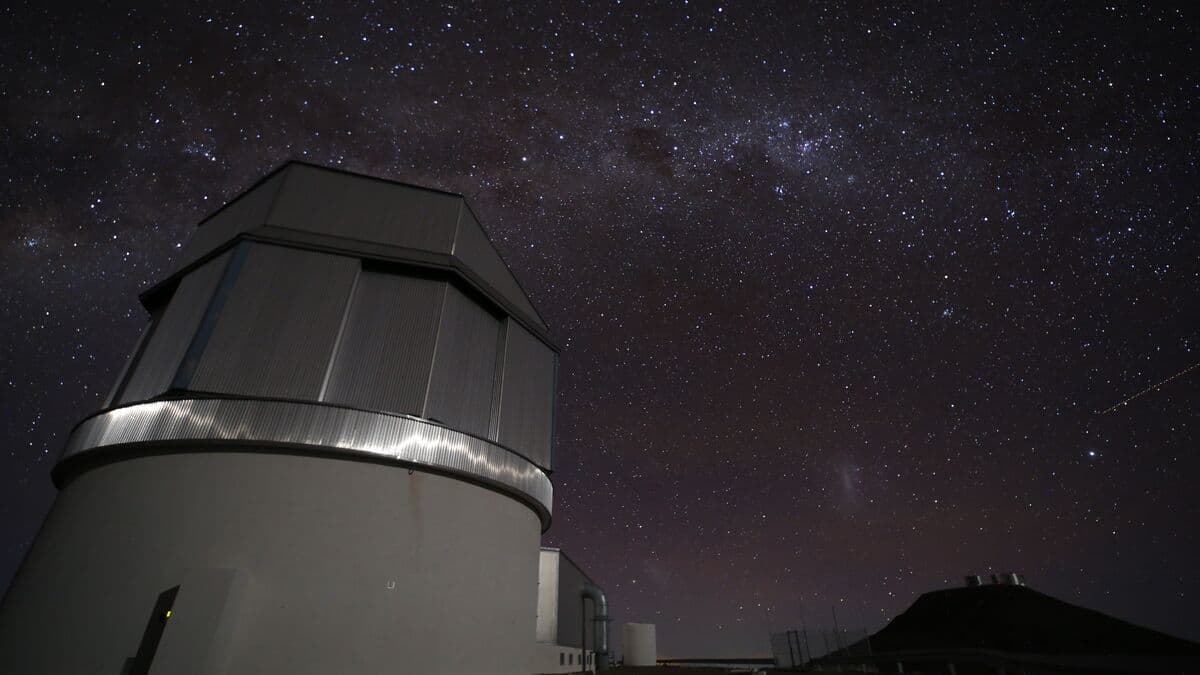”To understand the Milky Way and its star populations is one of the most important pieces of the puzzle in our quest to understand how large spiral galaxies in general are formed and shaped in the universe”, says Thomas Bensby, astronomy researcher at Lund University, who is part of the project, in a press release.
The instrument, called 4MOST, does not take regular pictures of the sky, but collects a spectrum of the light from stars and galaxies. An analysis of the rainbow-like pattern reveals what these stars and galaxies consist of, have for temperatures and how fast they move.
By collecting star and galaxy spectra every night over the next five years, millions of celestial bodies will be observed.
"The result will be the most detailed picture to date of the Milky Way's structure and chemical evolution”, says Thomas Bensby.
The first observation was aimed, among other things, at NGC 253, or the Sculptor Galaxy, which is a spiral galaxy just over eleven million light-years away that still has an intense star formation.
Some questions that the researchers hope to be able to answer: How were the first stars formed? How did the Milky Way grow? What does dark matter and dark energy consist of?
Facts: New mapping of the Milky Way
TT
The instrument 4MOST on the Vista telescope in Chile collects spectra or colors, i.e. the light from stars and galaxies divided into their wavelengths.
Using 2,438 optical fibers, as thin as hair, the instrument can simultaneously observe the light from 2,400 stars in a total of up to 18,000 color shades.
Behind it stands a consortium of 30 universities and research institutes in Europe and Australia, led by The Leibniz Institute for Astrophysics Potsdam.
Through a grant from the Knut and Alice Wallenberg Foundation in 2013, Lund University and Uppsala University have been involved from the beginning. Both universities have participated in the construction of the instrument.
Source: Lund University





